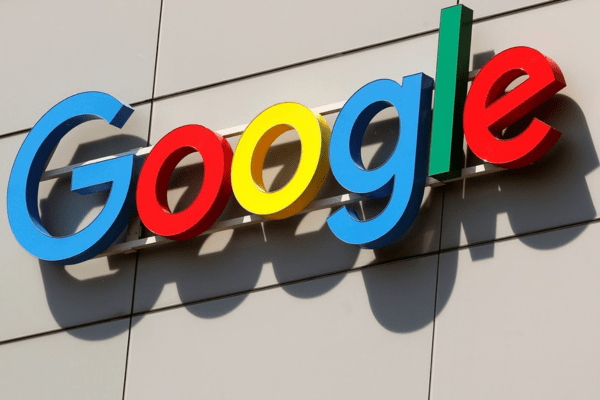Google has announced that WebGPU, a powerful API that allows web apps more access to a computer’s graphics card, will be enabled by default in Chrome 113, which is an exciting development for gamers. This update will allow the use of WebGPU on devices running Windows with Direct3D 12 support, macOS, and ChromeOS systems that support Vulkan and is expected to be launched in about three weeks.
WebGPU can allow developers to get advanced graphics without having to write extensive code, according to a recent blog post. The API also claims a remarkable “more than three times” improvement in machine learning model inferences, which is especially exciting given the popularity of generative AIs and large language models.
Although services like Google’s Bard and Microsoft’s Bing do not use local hardware, there is a significant potential for innovative machine learning applications that can take advantage of the improved performance enabled by WebGPU.
Google claims this month’s WebGPU release will be the beginning point for all upcoming updates and enhancements. The company has promised to expand access to shader cores, introduce even more advanced graphics features, and streamline the development of WebGPU-enabled content. These upcoming updates will allow developers to build advanced graphics-capable, immersive web applications.
The API has been updated over time to expand the capabilities of WebGPU, which has been under development since 2017. While it will soon be turned on by default in Chrome, Firefox and Safari are also expected to support WebGPU. Beyond Windows, macOS, and ChromeOS, Google plans to expand its implementation to other operating systems.
Google has announced plans to accelerate the release of upcoming Chrome browser versions. Google will “feature freeze” them later in the development process, but the schedule for stable releases will remain the same, and there are no plans to release them any earlier. As a result, it will take less time for users to access the build when developers stop adding new features. These changes aim to speed up the delivery of the latest features and enhancements to users while enhancing Chrome’s development process.


